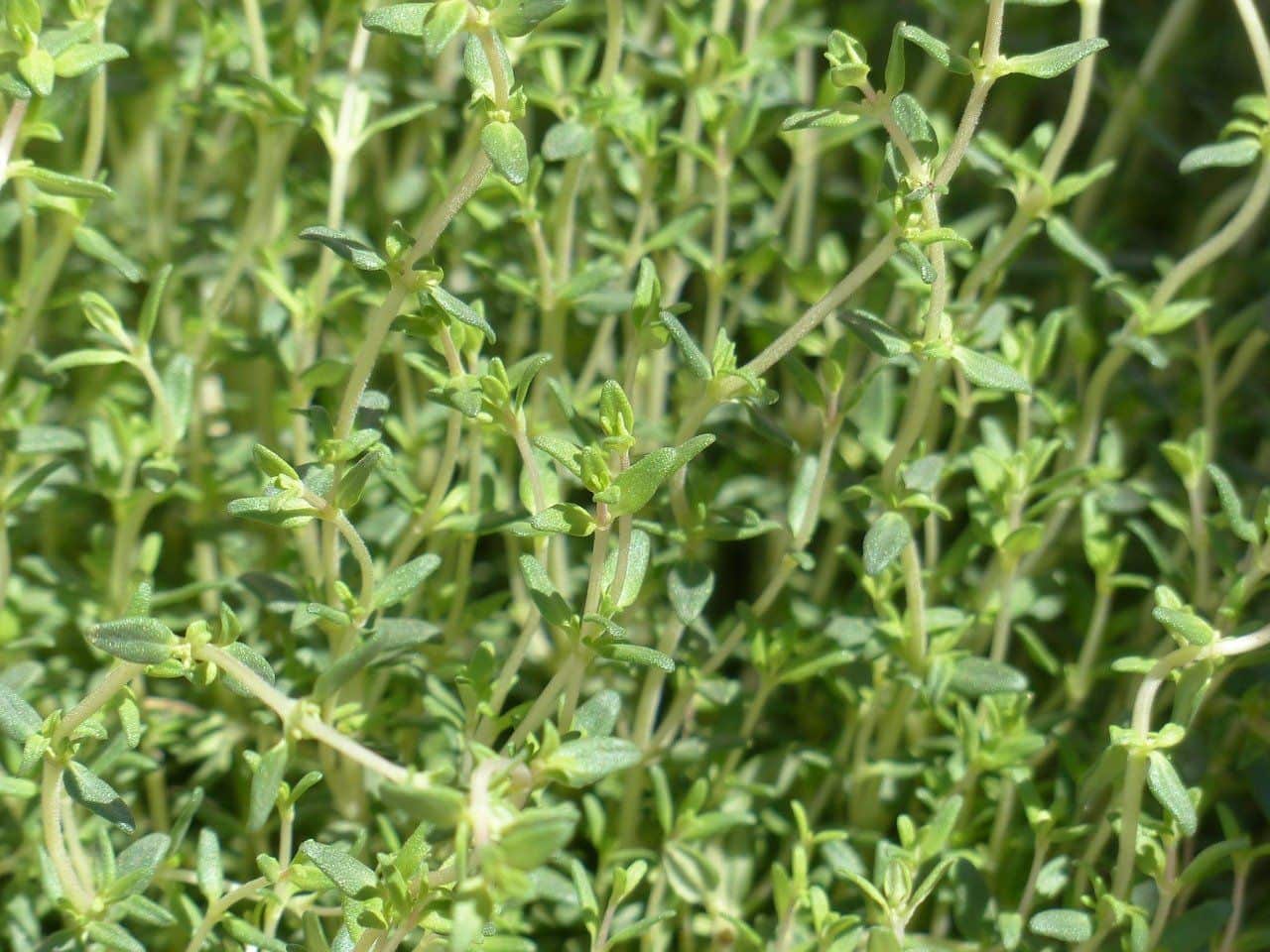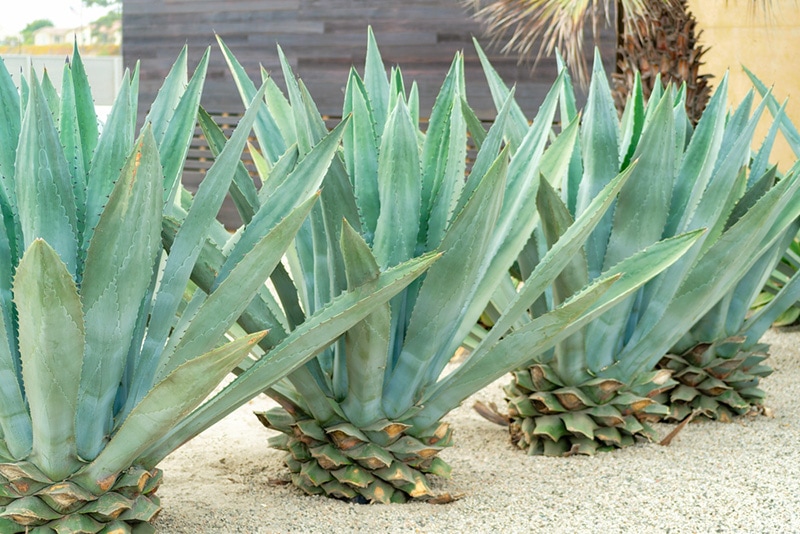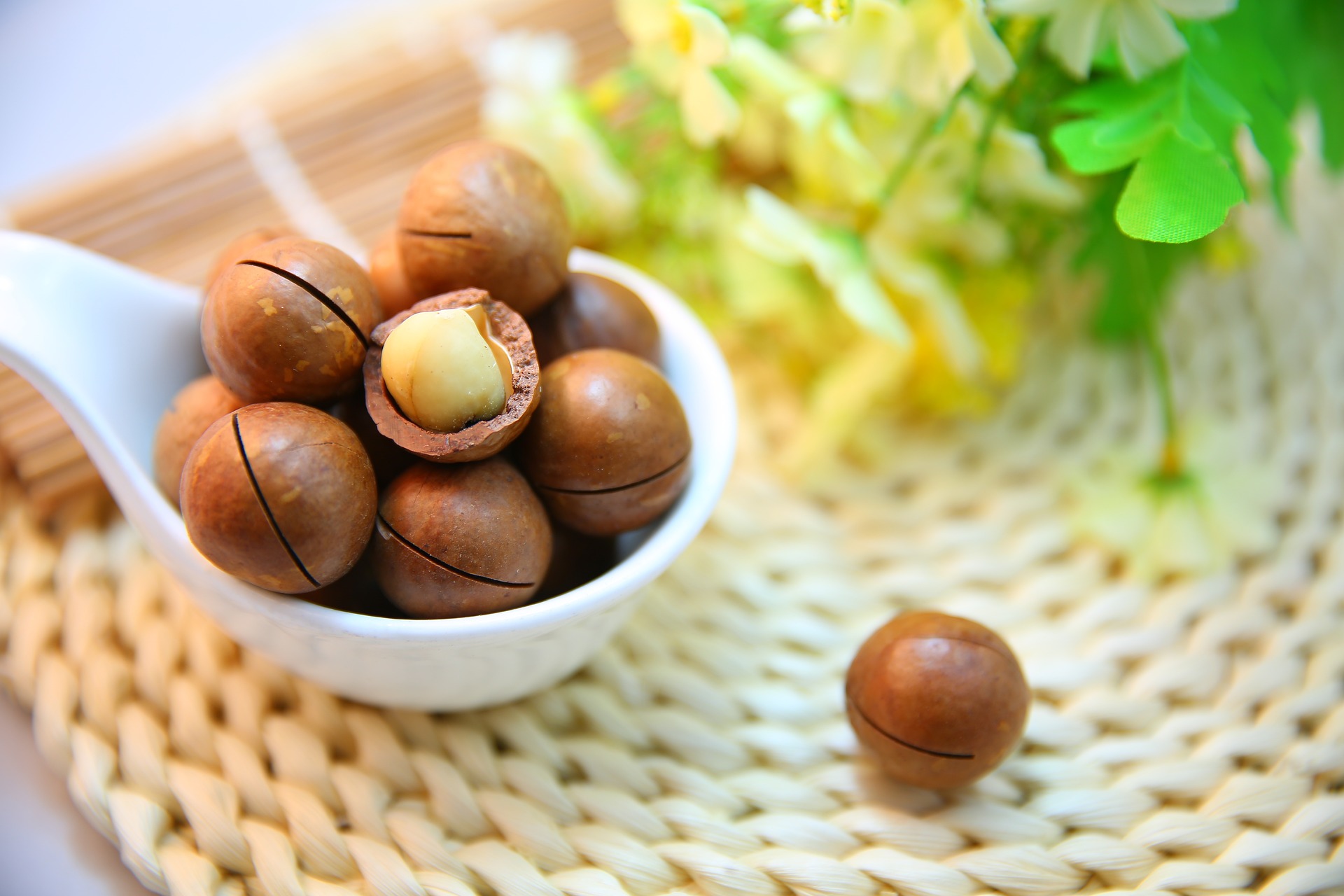Click to Skip Ahead
Thyme is a popular spice that many people keep in their homes. You can even grow it in the garden or indoors to have a fresh herb to use in your dishes. Many people wonder if this herb is safe to give your dog, and the short answer is yes. Your dog can eat small portions of thyme and will receive several health benefits from it. Keep reading as we look at these benefits, along with any possible dangers that might result from feeding your dog too much thyme.
Benefits and Uses of Thyme for Dogs
Vitamins
Thyme will provide your dog with a wide assortment of vitamins, like A, C, and K, that will help your pet develop into a healthy adult. They will help boost the immune system so your pet can fight off disease and heal faster after an injury.
Minerals
Thyme provides your dog with several important nutrients that are essential for healthy bones and the proper development of every part of the body.

Thymol
Thymol is a unique compound found in thyme that is a powerful oral antiseptic that can help fight gingivitis and bad breath in your pet. It’s a common ingredient in several brands of pet-safe toothpaste, and you can have it readily available if you grow it in your home.
Antimicrobial
Thyme has antimicrobial properties that will help your pet fight fungus, bacterial, and viral pathogens. It can also help fight off a cough and other illnesses.
Parasite Elimination
Many people successfully use thyme to remove parasites like hookworm, making it a suitable alternative to chemical-based solutions. Still, you should consult with your vet first to make sure it’s the best course of action for your pet.

Antispasmodic
Thyme has antispasmodic properties, which enable it to help with digestion and relieve irritable bowel syndrome and indigestion signs. As with any serious medical condition, we recommend consulting with your vet to make sure thyme is the best option for your dog among other available options.
Asthma Relief
There is evidence that providing thyme to your pet can help increase the airflow in bronchial passages, easing asthma signs. It can also help ease other respiratory disorders. Of course, there are other treatments that you can employ, so you should talk with your vet before administering anything.
Mild Astringent
Thyme is a mild astringent, so it can help reduce the frequency of urinary tract infections. It will also help them clear up faster so your pet can get back on track.
Side Effects of Thyme on Dogs
High Fiber
Thyme is quite high in fiber, which can cause indigestion in some dogs and may even result in diarrhea and vomiting. However, this is only likely to occur if your dog eats excessive amounts at a single sitting.
Spanish Thyme Toxicity
Spanish thyme is a different variety of thyme that is quite toxic to your pet and can lead to poisoning. If your dog eats too much of this plant, they can become depressed, have difficulty breathing, and have bloody diarrhea. You will need to take your dog to the vet immediately if you think that they have eaten Spanish thyme.

How Do I Feed My Dog Thyme?
Most dogs will not eat thyme or any other plants when there is meat available, so they will usually hold out for dinner and leave the plants alone. However, you can get your dog to eat this beneficial food by finely chopping it and spreading a teaspoonful over their food every few days. Homegrown thyme will be healthier and contain more nutrients than the version that you can buy in the store, and it will likely taste better. You can also make sure the plant uses high-quality fertilizer and is pesticide free.
Conclusion
We recommend adding thyme to your dog’s diet because it will help fight mouth bacteria and improve breath. Making it a regular part of your pet’s meals will also help them get used to eating it if they need it for a serious condition. It’s inexpensive to purchase and easy to grow, so there’s no good reason not to add thyme to your pet’s diet unless they don’t like it or if they have a reaction to it.
Related Dog Reads:
- How Much Water Does a Dog Need? Vet-Reviewed Facts & FAQs
- Can Dogs Eat Eggs? Vet-Reviewed Facts and FAQs
Featured Image Credit: Pixabay













